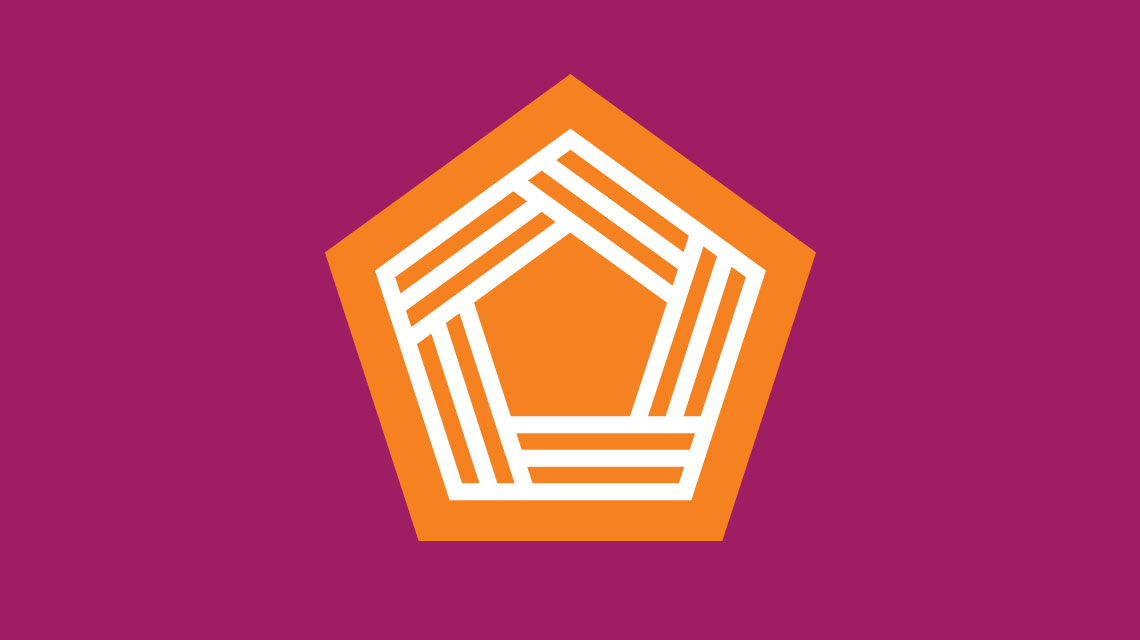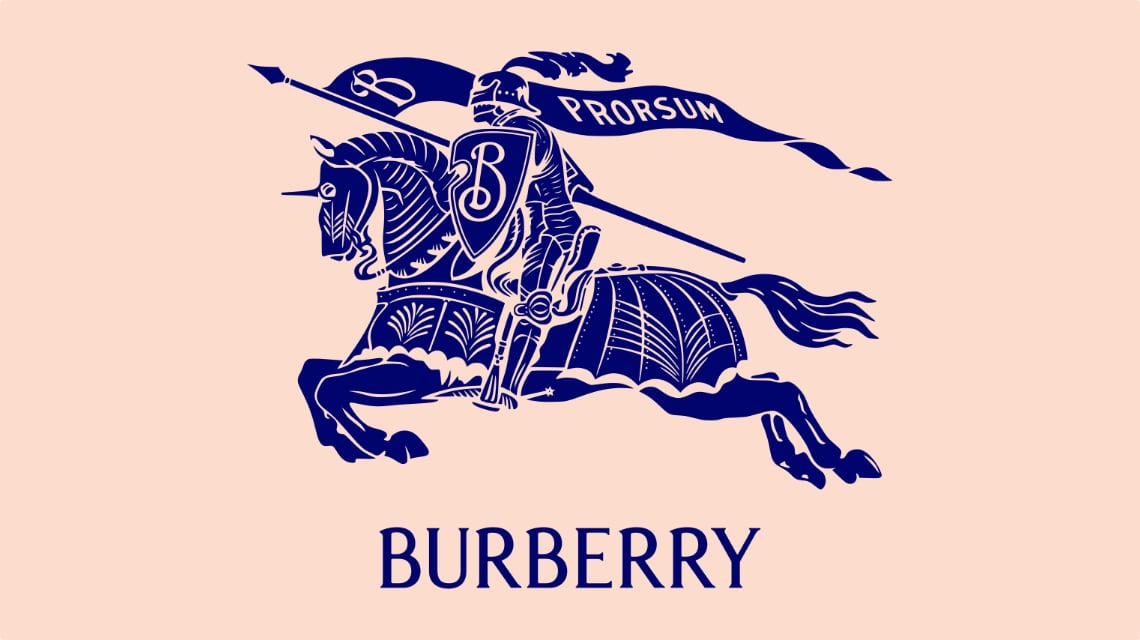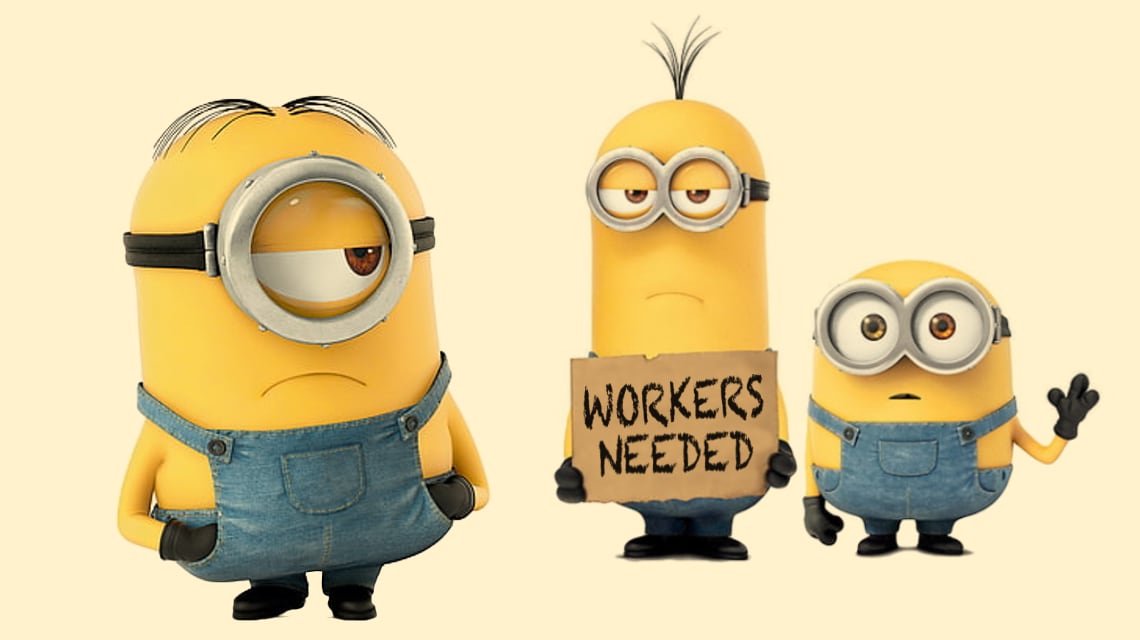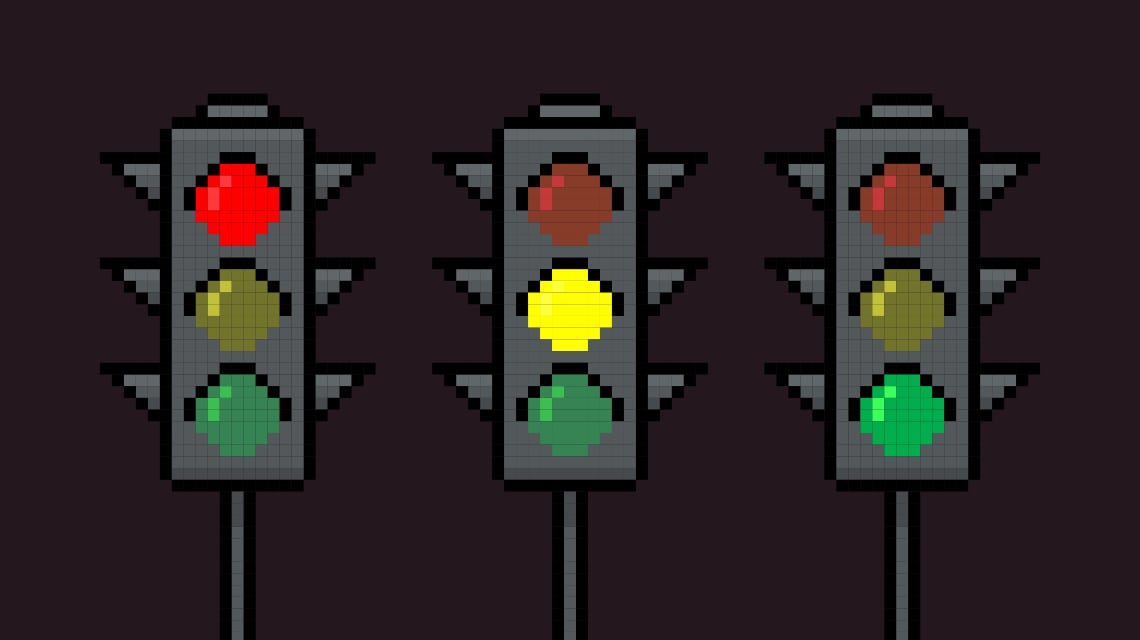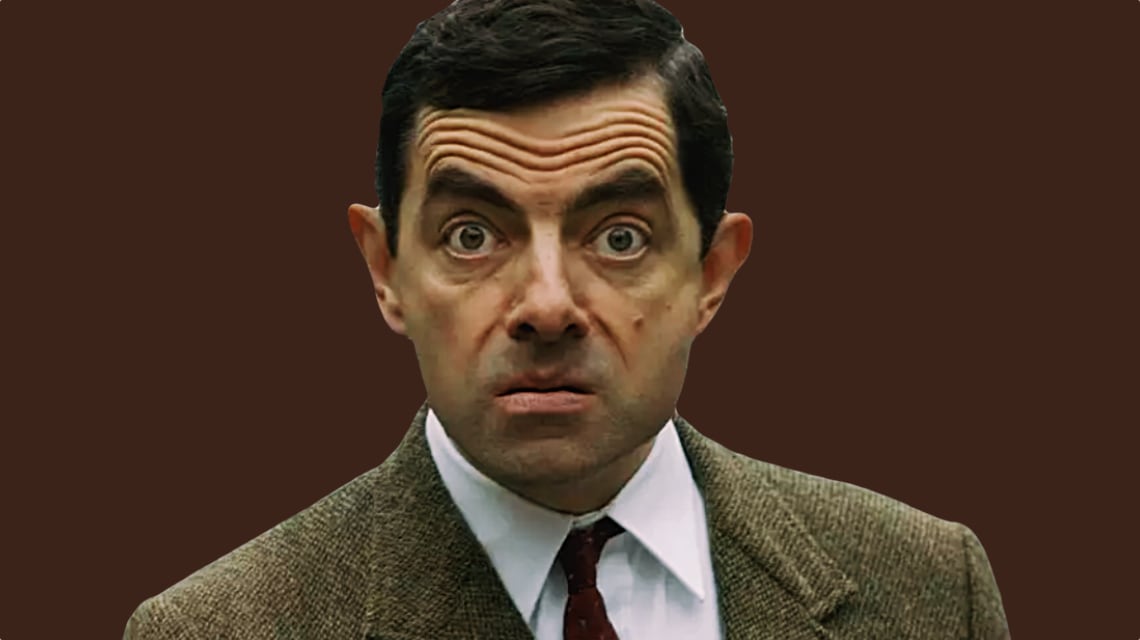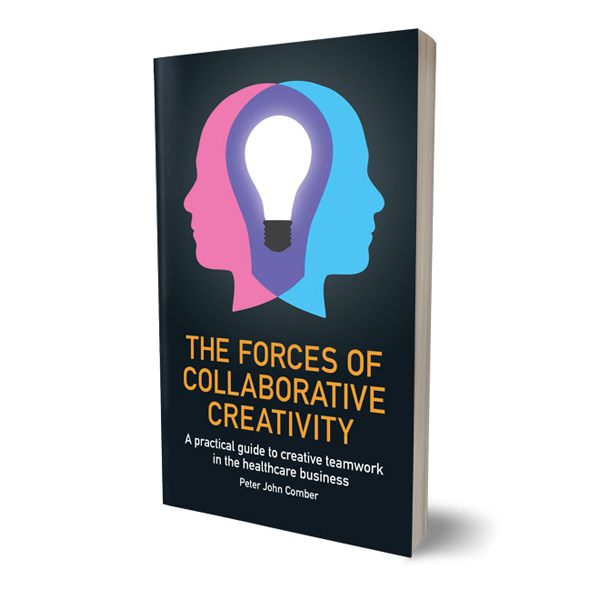Cohesion and Collaborative Creativity.
The fourth in a series about the five forces of Collaborative Creativity.
In ‘The Forces of Collaborative Creativity’, I explain the Collaborative Creativity method and examine its effects and why it works. The theory I have formed, based on personal experience and observation, is that Collaborative Creativity generates five forces: Self-discovery, Empathy, Realisation, Cohesion and Invention. In this article, I focus on Cohesion.
The force of Cohesion concerns group ideas, identity and action. The power of Cohesion resides in the things that a group shares – the things they have in common – and its strength or weakness directly influences the way its members function as a team. A great advantage of Collaborative Creativity is that the process encourages the outcome to be the product of a collective and not an individual.
In Collaborative Creativity, the force of Cohesion is dependent on Empathy, Self-discovery and the co-authorship of Invention. Empathy because teams must understand the experience of their colleagues - especially those with diverse skills and responsibilities. The team must also share a similar mental model of the market in which they operate and this requires a shared Empathy for the many types of actors in the market. Self-discovery is important for establishing that which is relevant and salient in diverse roles and the best modes of cooperation between them. Co-authorship is important because other we tend to find other people’s ideas less valuable than our own. An idea with many co-authors is more likely to obtain broad support than if the same idea was created by an individual.
Cohesion becomes a priority when confronting change because this implies the adoption of different behaviours. Change is most frightening when we don’t comprehend it and feel we have no control over it. Collaborative Creativity helps groups to anticipate or understand a change and envisage new ways to act as a collective in a different reality. The act of designing a change requires the force of Invention (the subject of my next article) but for it to be effectively implemented and for it to be sustainable over time the collective needs the force of Cohesion to sustain it. Without Cohesion, selfishness, antagonism and power politics will jeopardise the success of a project that implies change.
How does a Collaborative Creativity session achieve Cohesion and why is it different from a standard business meeting? I think the key is the act of creativity and the dynamic created in the group. To share an idea with someone else requires a little courage, to share your creative process with others demands even more. Incomplete ideas, hunches, intuitions and messy half-baked concepts come from deep within us, and they can easily be criticised or ridiculed. Because we are vulnerable when we create with others, if the experience goes well it inspires confidence in our co-creators. When we create together, we share and inspire each other but at the same time, we also build trust.
Collaborative Creativity can be used as an ongoing, periodic exercise to improve unity of purpose and the focus of corporate teams. A Collaborative Creativity retreat, for example, is an off-site gathering, where a group can detach from day-to-day obligations and reflect collectively, ponder things that are important but not urgent, explore the future and align the group’s mental map of their situation and environment. Performed regularly (two or three times a year) Collaborative Creativity can contribute to the collective consciousness and overall performance of a team. This is the force of Cohesion.
